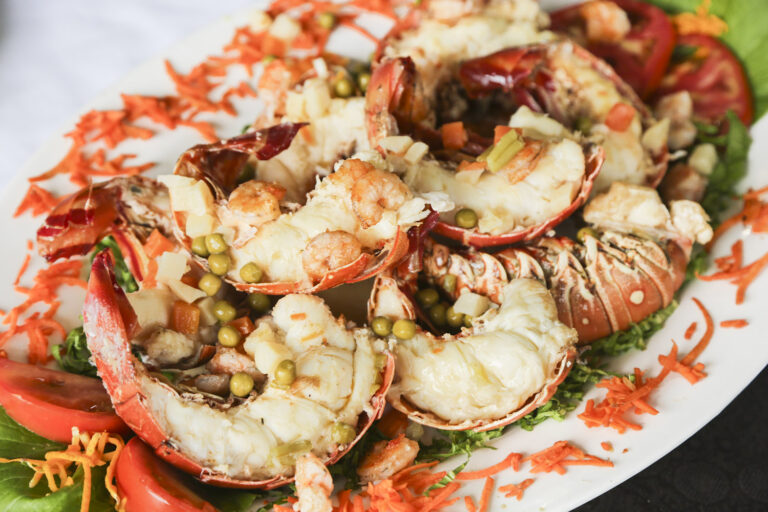Introduction: Understanding the Origins of Ropa Vieja
Cuban cuisine is known for its unique blend of flavors and influences from various cultures. One of the most popular dishes in Cuban cuisine is Ropa Vieja, which translates to “old clothes” in English. The dish’s name is derived from the shredded meat’s appearance, which resembles tattered and torn clothes. Ropa Vieja is believed to have originated in the Canary Islands, which was once a Spanish colony. The dish was then brought to Cuba by Spanish settlers and has since become a staple in Cuban cuisine.
What is Ropa Vieja and How is it Prepared?
Ropa Vieja is a savory and hearty stew consisting of shredded beef, onions, peppers, garlic, tomatoes, and a blend of spices. The dish is traditionally prepared by cooking the beef in water with onions, garlic, and peppers until it becomes tender. The beef is then shredded, and the sauce is thickened with tomato sauce or paste. The dish is then cooked with additional vegetables and spices until it reaches a thick and flavorful consistency. Ropa Vieja is often served with rice and beans and accompanied by fried plantains or yucca.
The Ingredients that Make Ropa Vieja Unique
A unique blend of spices and vegetables gives Ropa Vieja its distinct flavor. The dish’s primary ingredients include beef, onions, peppers, garlic, and tomatoes, which are essential to its taste and texture. Additionally, a blend of spices such as cumin, oregano, and bay leaves gives the dish a rich and flavorful taste. The addition of olives and capers contributes a tangy and salty flavor to the dish, making it a true representation of Cuban cuisine.
History and Cultural Significance of Ropa Vieja
Ropa Vieja has a significant cultural significance in Cuban cuisine. The dish has been a staple in Cuban households for generations and is often served on special occasions and holidays. The dish’s origins can be traced back to the Canary Islands, which was once a Spanish colony. The dish’s name is derived from the shredded meat’s appearance, which resembles tattered and torn clothes. Ropa Vieja has become a symbol of Cuban culture and is a testament to the island’s history and traditions.
Regional Variations of Ropa Vieja
Like most traditional dishes, Ropa Vieja has many regional variations. Some regions add different spices and vegetables to the dish, while others use different meats such as pork or chicken. In the eastern region of Cuba, Ropa Vieja is often made with goat meat, while in the western region, it is made with beef. The variations in the dish’s preparation and ingredients showcase the diversity and richness of Cuban cuisine.
Serving Suggestions for Ropa Vieja
Ropa Vieja is traditionally served with rice and beans and accompanied by fried plantains or yucca. The dish can also be served with crusty bread or tortillas. Some people like to garnish the dish with fresh cilantro or parsley for added flavor. Ropa Vieja can be accompanied by a variety of beverages such as mojitos, daiquiris, or beer, making it a versatile dish for any meal.
Ropa Vieja: Nutritional Value and Health Benefits
Ropa Vieja is a nutritious and healthy dish that is low in fat and high in protein. The dish’s primary ingredient, beef, is a great source of protein, iron, and zinc. The addition of vegetables such as onions, peppers, and tomatoes provides vitamins and minerals such as vitamin C and potassium. Ropa Vieja is also a low-calorie dish that is perfect for people who are watching their weight.
Final Thoughts on Ropa Vieja in Cuban Cuisine
Ropa Vieja is a classic dish in Cuban cuisine that has been enjoyed by generations. Its unique blend of spices and vegetables give the dish its distinct flavor, and its cultural significance showcases the island’s history and traditions. Whether it’s for a special occasion or a weeknight dinner, Ropa Vieja is a versatile and delicious dish that is sure to satisfy any appetite.

